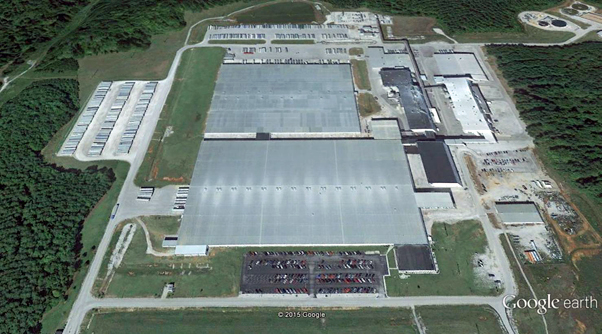
| Archive/Subscribe | TAPPI.org | Advertise | TAPPI Press Catalog | October 2016 |
SCA Barton Mill Uses Fiber Waste to Make Soil Additive for Local Farmers
According to report this week by the Times Daily, Florence, Ala., USA, SCA’s tissue mill in Barton, Ala., is now using fiber waste from recycled paper to make a soil additive for local farmers. The product is being made from residual paper mixed with a lot of water and spread over agricultural land to adjust the pH level in the soil. The SCA product is an alternative to agricultural lime farmers have used to make sure the soil level is prime for the land's purpose.
"When we make paper from recycled paper, the process is something we have to do and this product is something we can't use in the papermaking process," said Andy Chorney, technical services manager at SCA Barton. "The worst-case scenario is that it is all carted off to a landfill and just deposited. Finding out it did have agricultural use for pH adjustment and organic material being added back for soil improvement was a really good find."
SCA opened in Barton more than a decade ago and produces tissue, napkins, and other paper products. For this venture, SCA worked with Auburn University, local farmers and the local extension service to confirm the product would be favorable for agricultural use, the Times Daily article explained.
SCA began land application in April with eight farmers. Now there are 40 that have used what would have been SCA's waste on farms. Chorney noted that there are 15 more farmers on a waiting list. It took about 18 months to get things in order to apply the material.
 "It is an organic material and has a calcium value to it," Chorney said. "The material is about 50% water when we spread it and it adds a moisture value to the soil. As you put it in the soil, it is a fiber and acts sort of like a sponge and helps retain water. In the clay-based soil we have, that is really a great added value."
SCA produces some 12,000 tons of the farm product per month. Currently, it is being used on pasture land and hay fields but could be used for row crops. SCA, working again with Auburn University and local farmers, took initial soil samples and routinely re-test the land that's been spread with the paper waste to track the results and determine how often a property should be treated to maintain the proper pH level, according to the newspaper article.
SCA is focusing the distribution to farmers in a 25 to 30 mile radius of the manufacturing facility.
Pasture lands can be treated with the gray substance anytime of the year. Hay fields are spread in the spring and again right after the hay is cut.
"We have had a lot of positive comments from the farmers," Chorney said. "The demand had far exceed our production of the material."
The Barton plant is the first in SCA's network to use the facility's residual waste in this way, but Chorney said the SCA facility in Wisconsin is following suit and soon will be partnering with farmers in that region for the same purpose.
|


